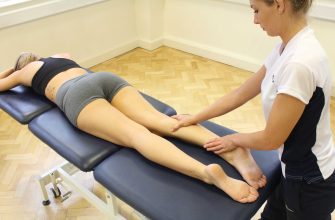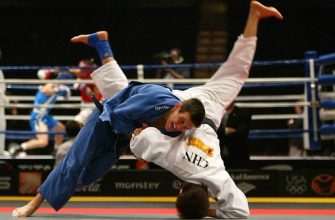Contents
1. History and Origins of Aerobics
Aerobics emerged in the 1960s-1970s as a structured form of exercise combining rhythmic movements with music. Key developments include:
- 1968: Dr. Kenneth Cooper coined the term “aerobics” in his book Aerobics, establishing the scientific foundation for cardiovascular exercise.
- 1970s: Jackie Sorensen developed dance-based aerobic routines, popularizing aerobics as a group fitness phenomenon.
- 1980s: Aerobics became a global fitness craze, fueled by Jane Fonda’s workout videos and the rise of fitness studios.
- 1990s-Present: Evolved into various formats (step aerobics, water aerobics, Zumba) and became a staple in gyms worldwide.
2. Core Principles of Aerobics
- Cardiovascular Focus – Sustained, rhythmic activity to elevate heart rate.
- Music-Driven – Movements synchronized to upbeat tracks.
- Full-Body Engagement – Combines arm and leg movements for calorie burn.
- Adaptability – Modifiable for all fitness levels.
3. Types of Aerobics
- Low-Impact: Gentle on joints (e.g., walking aerobics).
- High-Impact: Includes jumping/jogging (e.g., dance aerobics).
- Step Aerobics: Uses a raised platform for added intensity.
- Water Aerobics: Performed in pools for reduced joint stress.
- Kickboxing Aerobics: Blends martial arts with cardio.
4. Benefits of Aerobics
Physical Benefits:
- Boosts cardiovascular health and endurance.
- Aids weight loss (burns 300–600 calories/hour).
- Improves coordination and agility.
- Strengthens bones and muscles.
Mental & Emotional Benefits:
- Releases endorphins to reduce stress.
- Enhances mood and energy levels.
- Encourages social interaction in group classes.
5. Potential Drawbacks
- Injury Risk: High-impact moves may strain joints (knees, ankles).
- Repetitive: Can become monotonous without variety.
- Space/Equipment: Some styles require props (steps, mats).
6. Recommended Practice Routine
- Frequency: 3–5 sessions/week for optimal results.
- Duration: 30–60 minutes per session.
- Sample Session:
- Warm-up (5–10 min): Light cardio + dynamic stretches.
- Main Workout (20–40 min): Rhythmic routines (e.g., grapevines, knee lifts).
- Cool-down (5–10 min): Stretching + deep breathing.
7. Who Should Avoid Aerobics?
- Individuals with severe joint issues (opt for low-impact or water aerobics).
- Those with uncontrolled heart conditions (consult a doctor first).
- Beginners should start slowly to avoid overexertion.
Final Thoughts
Aerobics is a fun, accessible, and effective way to improve heart health, stamina, and overall fitness. From classic dance aerobics to modern hybrids like Zumba, it offers endless variations to keep workouts engaging.







